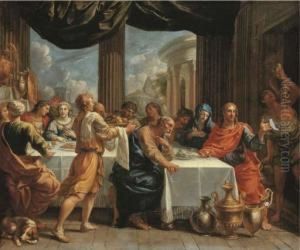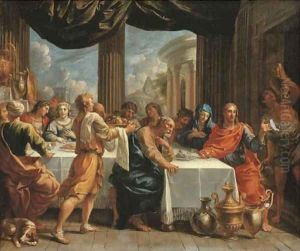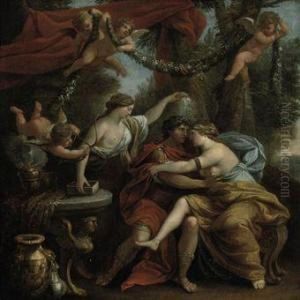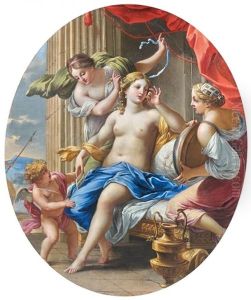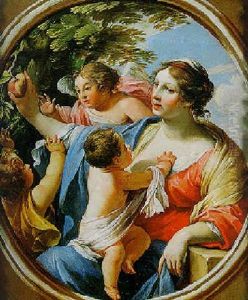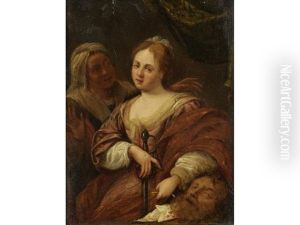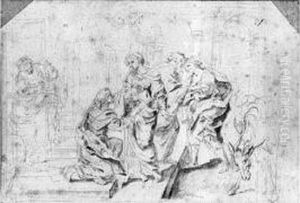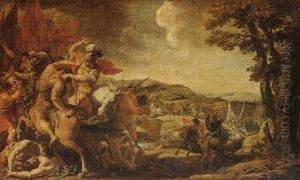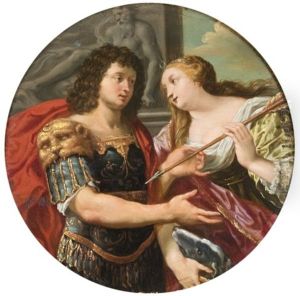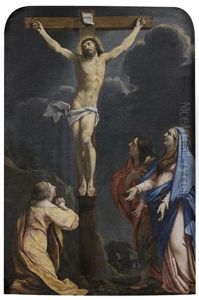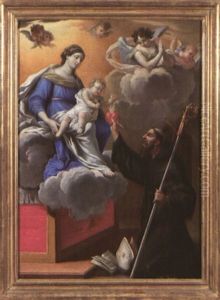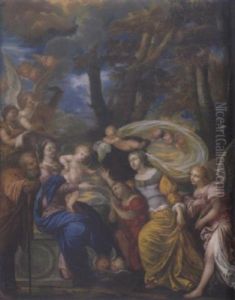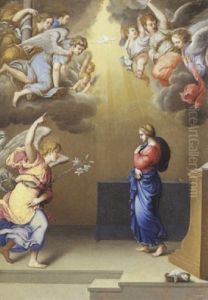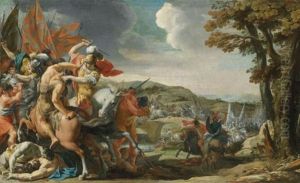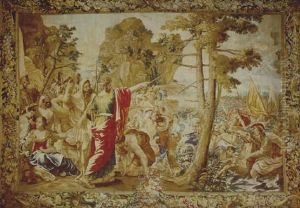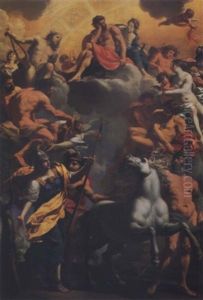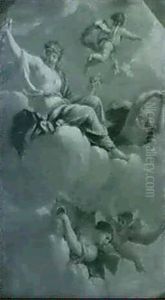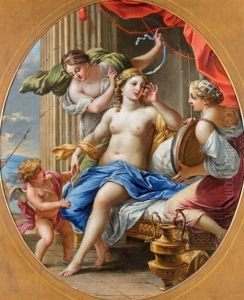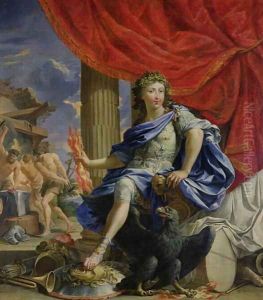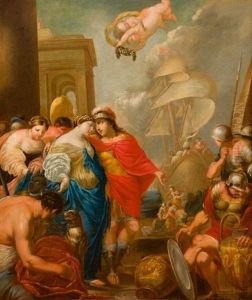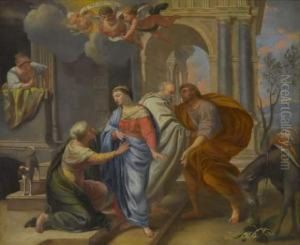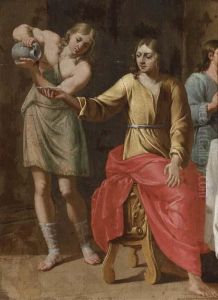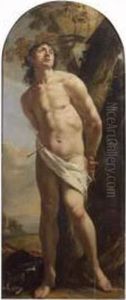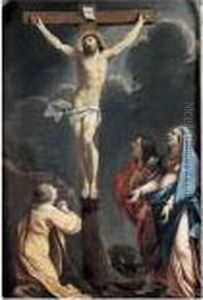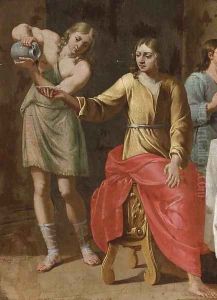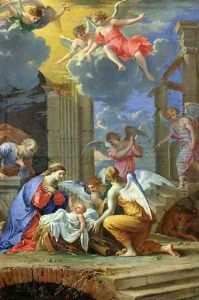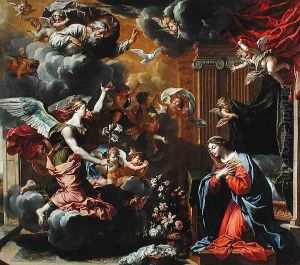Charles Poerson Paintings
Charles Poerson was a prominent French painter of the 17th century, born in 1609 in Vic-sur-Seille, a small town in the Duchy of Lorraine. His early life was marked by the cultural richness of Lorraine, a region known for its vibrant artistic community. Poerson's initial training in art is not well-documented, but he is thought to have studied under the guidance of local artists, which laid the foundation for his classical style.
In the early 1630s, Poerson moved to Paris, which was then becoming a major center for the arts in Europe. This move was pivotal for his career. In Paris, he became associated with the studio of Simon Vouet, one of the leading painters of the time. Working under Vouet, Poerson honed his skills and began to develop his own artistic voice, blending the Baroque style popular in Italy with the classical French tradition.
Poerson's work gained recognition for its elegance and mastery of classical subjects. He was particularly adept at religious themes, which were in high demand during the Counter-Reformation period. His paintings are characterized by their dynamic compositions, vivid portrayal of figures, and the use of light to evoke spiritual intensity.
One of Poerson's most significant commissions came from the French monarchy, for whom he completed several works that further solidified his reputation. Despite the prestige of working for the royal court, many of his commissions came from religious institutions, reflecting the primary market for artists at the time.
In addition to his painting, Charles Poerson was also involved in the administration of the French Royal Academy of Painting and Sculpture. His involvement in the academy underscored his commitment to the arts beyond his personal work and helped to shape the future of French art.
Charles Poerson passed away in 1667 in Paris. His legacy is that of a transitional figure whose work bridged the gap between the late Renaissance and the early Baroque periods in French art. While perhaps not as widely remembered as some of his contemporaries, Poerson's contributions to the French Baroque movement and his influence on subsequent generations of artists remain significant.
